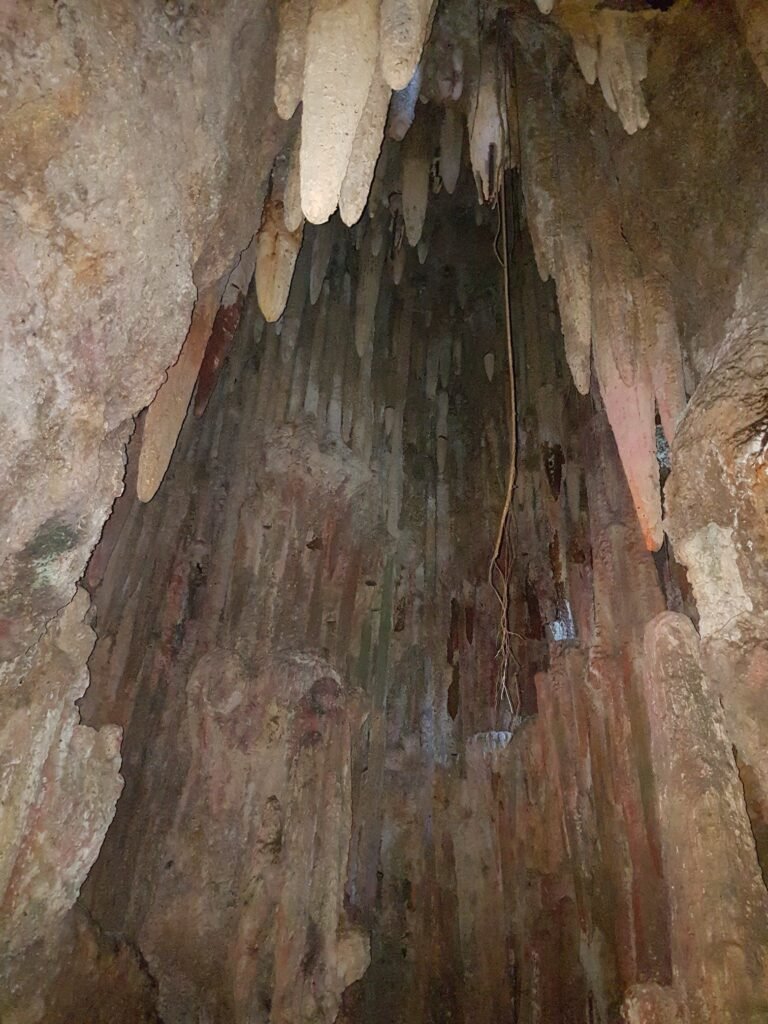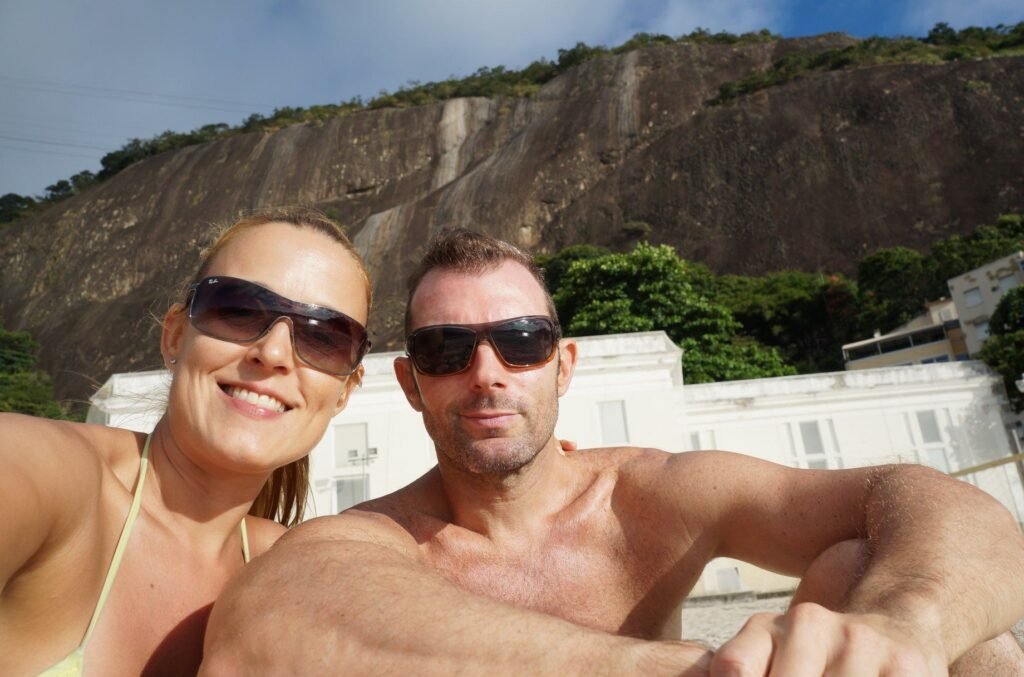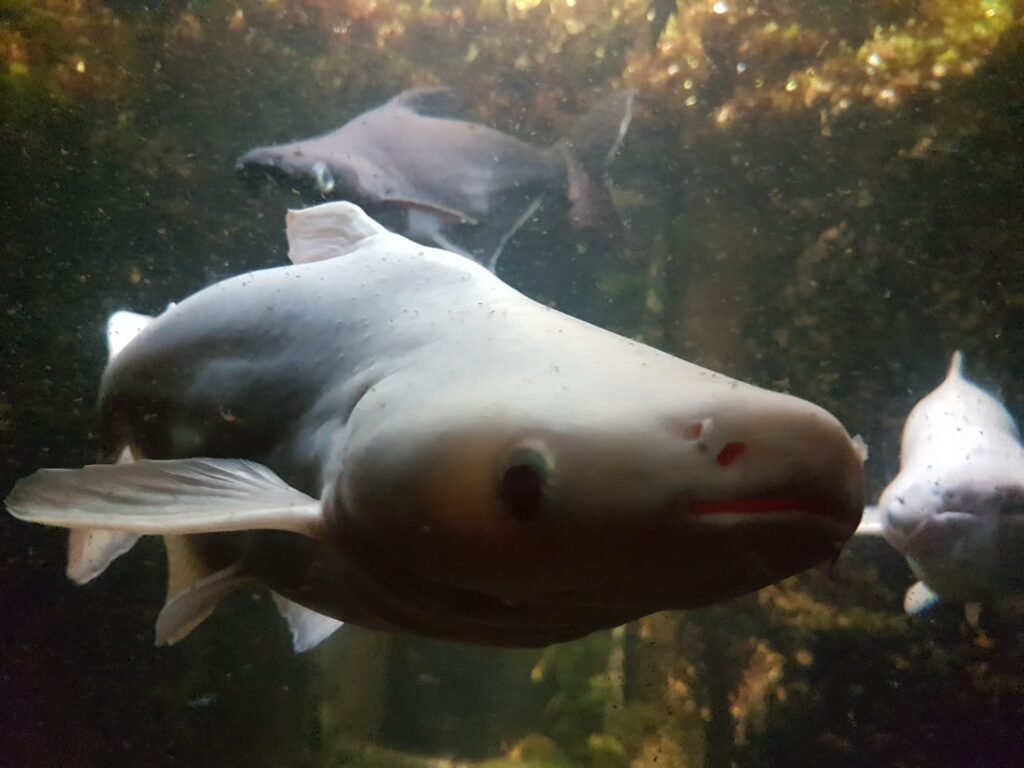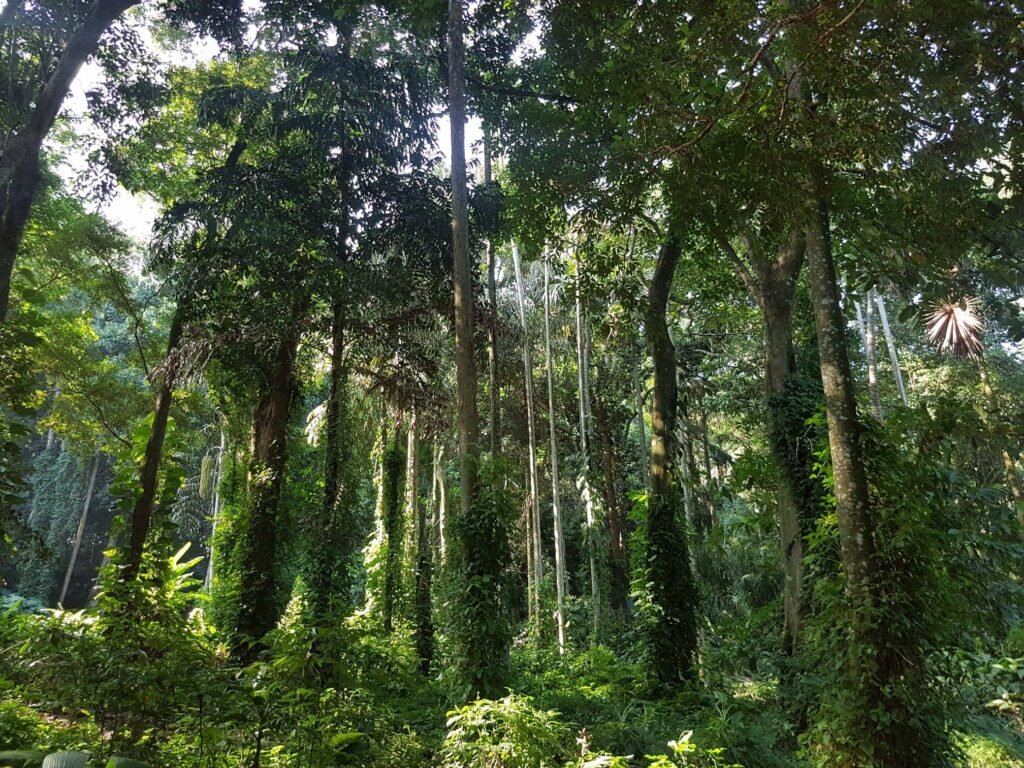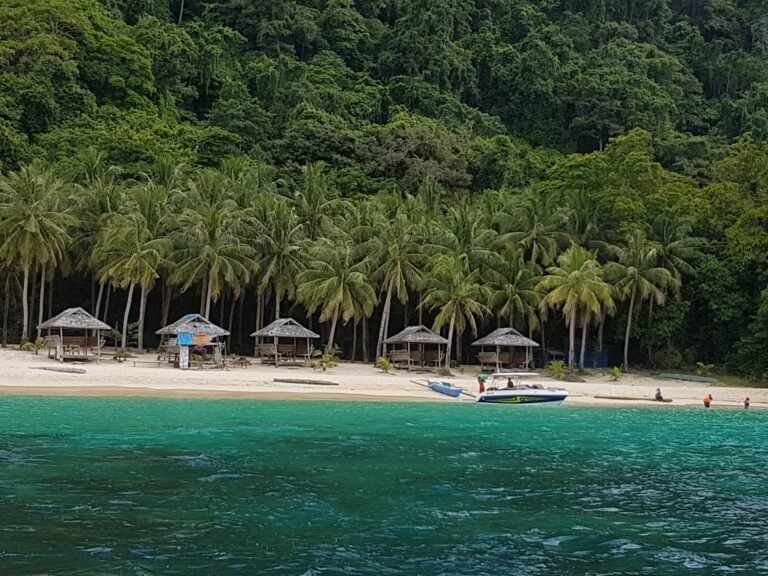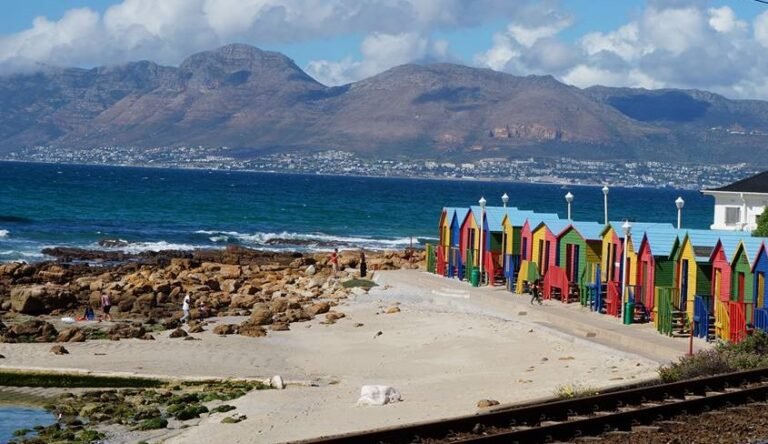Once you get to know Brazil, you will fall in love with Brazilian culture, its people, its music and its gastronomy. If you like cocktails, you won’t be disappointed. Once in Rio de Janeiro, when you visit its beautiful beaches, you will see carts with Brazilian bartenders who make the best caipirinhas and capetas of your life. They roll through the sand with their music and even with their wireless terminals, so you can pay them with a credit card. The rolling bars are followed by bees and tourists like us asking for one more caipi. The city of Rio de Janeiro was declared a World Heritage Site by UNESCO.
In Brazil there is a pronounced gap between the upper class and the lower class, there is poverty but its citizens are a very happy community. Brazilians are joyful, even if they don’t have everything they want and if their economic situation is not the best. They enjoy the simple things in life, they are grateful for what they do have, they value sharing moments with friends, they take care of their family, they go to the beach, they dance and smile. We have a lot to learn from the culture of the Brazilian people. Carnival is an icon of the country, Escolas do Samba parades are an incredible experience that is worth seeing at least once in your life. Brazil is a multicultural country with indigenous heritage and European influences, especially Portuguese.
It’s the fifth largest country in the world, after Russia, Canada, China and the United States. Its territory covers four time zones. The Brazilian topography is also very diverse, and includes several mountains, plains, plateaus, and hills. Brazil has a dense and complex river system, one of the most extensive in the world, with eight large river basins that drain into the Atlantic. The most important rivers are the Amazon -the largest river in the world in length and in terms of volume of water-, the Paraná -its largest tributary-, the Iguazú -which gives rise to the Iguazú Falls-, the Río Negro, San Francisco, Xingú, Madeira and Tapajós.
ACTIVITIES OF INTEREST
– Sunbathe and caipirinhas on the beaches of Ipanema and Copacabana (they are the most traditional, with many tourists).
– Visit Leblon Beach (less crowded)
– Visit the Botanical Garden of Rio de Janeiro, it’s really amazing.
– Learn to dance Brazilian music: To discover the spirit of Brazil you need to learn the basic steps of samba.
– Explore Barra da Tijuca and its quieter beaches.
– Visit the Cristo Redentor (on the Corcovado Mountain)
– Climb the Loaf Pan de Azúcar
– Barrio Santa Teresa: There you will find bars, restaurants, old mansions and galleries. Also visit Escadaría Selaron, a very colourful staircase representative of the neighborhood.
– Neighbourhood and Arcs of Lapa (it is an interesting neighbourhood to visit if you have enough time, with many bars and restaurants).
– Maracanã Stadium: If you are a soccer lover, you will surely want to visit this iconic stadium.
– Sambadrome: Where the carnivals are held, if you go at the end of February.
– If you are going to pass through San Pablo, visit the Cachaca Velho Barreiro distillery (173km from San Pablo)
TYPICAL BRAZILIAN FOODS
When you travel, it’s always interesting to take the opportunity to try local products and foods. Food in Brazil is diverse, the result of the cultural fusion between the cuisine of indigenous tribes, Portuguese food, the dishes that millions of African slaves introduced to the country, and the influences of immigrants from Italy, Germany and other countries.
Drinks: You can’t leave Brazil without trying a Caipirinha and a Capeta/ Beer Skol/ Brahma/ Soda Guaraná (it is a typical drink made with an Amazonian plant that has a seed used by the indigenous people to combat fatigue, fever and migraine. It is also attributed aphrodisiac effects)/ Coconut water (see benefits of coconut water) / Meals: Feijoada (national dish, it was created by the slaves who collected the leftovers and mixed them with beans, it has black beans with pork, ribs, tenderloin, bacon and smoked sausage, served with rice, flour cassava and orange, which with a large amount of vitamin C a helped to avoid scurvy) / Vatapá (cooked prawn puree, bread previously soaked in coconut milk, peanuts, onion, ginger, salt, pepper and coriander, heated in a saucepan over very low heat adding coconut milk. The result is exquisite and is served with rice, cassava flour and chicken, although there are other varieties with sea bass, shrimp, tuna or cod)/ Acarayé (dish of African origin, very typical in Bahia, bun made with a paste of veneered beans, prawns, onion, salt and pepper, which after passing it through the blender, is fried in vegetable oil and filled with cooked prawns, vatapá, onion and okra)/ Picanha (cut of beef, typical of Brazil, obtained from the back of the cow’s loin, with a triangular shape and a layer of fat that gives it flavor)/ Moqueca de peixe (fish seasoned and marinated with lemon, onion, garlic, red and green pepper, to which are added prawns, palm oil, coconut milk, ground chili pepper, coriander, and it is cooked over low heat)/ Picadinho de yacaré (from the North of the Amazon, an alligator stew, that you has a rich and juicy meat)/ Casquinha de siri (rich typical dish made with crab meat marinated with lemon, which is later added to a sauce of onion, pepper and tomato, seasoned with garlic and coriander served in shells. Finally, sprinkle cassava flour and Parmesan cheese on top and bake)/ Ximxim de Galinhas (chicken stew with highly seasoned shrimp. Dendé oil, coconut milk, lemon juice and spices such as coriander are added)/ Bobó de camarão (shrimp soup with cassava puree, flour, coconut milk and shrimp, seasoned with palm oil)/ Jabá (jerky, dried meat)/ Aracayé (bread rolls made with white beans)/ Tapioca (bread made with cassava that is stuffed with meat and vegetables, similar to fajitas)/ Tacupí (soup made with cassava and shrimp).
BIODIVERSITY
The Amazon area is recognized worldwide for hosting the greatest biological diversity in the world, the rich wildlife of Brazil reflects the variety of natural habitats. Scientists estimate that the total number of plant and animal species in Brazil is approximately four million. The large Brazilian mammals include pumas, jaguars, ocelots, foxes, coyameles, tapirs, anteaters, sloths, opossums and armadillos. Deer are abundant in the south and many species of platyrrhini can be found in the northern rain forest. Brazil is the home to many of the primate species known in the planet. The natural heritage of Brazil is seriously threatened by cattle ranching, agriculture, logging, mining, resettlement, petrol and natural gas extraction, overfishing, trade of wild species, dams and infrastructure, water pollution, climate change, fire and invasive species. The construction of highways in the middle of the vegetation, such as BR-230 and BR-163, opened previously isolated areas to agriculture and commerce; dams flooded valleys and wild habitats, and mines created scars in the land that altered the natural landscape.
ECONOMICS
Brazil has the largest economy in Latin America in terms of GDP and the second in America. They export minerals, precious stones, oil, coal, meat, cotton, rubber, sugar and coffee (it’s the world’s largest coffee producer). In livestock, it has the world’s first bovine herd. They produce raw materials and manufactured products, including military equipment, televisions, cell phones, computers, cars, and aeroplanes.
HISTORY
The entire area today known as Brazil was inhabited by semi-nomadic tribes who subsisted on hunting, fishing, gathering and agriculture. Later, the Portuguese landed to make Brazil their colony. The country was gradually populated by Portuguese who sought to escape poverty, and by nobles who were granted colonial privileges. In 1548 the State of Brazil was created, with the consequent installation of a general government, and the following year the first colonial headquarters, Salvador, was founded. The Portuguese Empire moved to Rio de Janeiro, as the capital of Portugal in 1807 to escape from Napoleon.
They exploited the sugar cane initially with Indian slaves and later with African slaves. The first movements against slavery were made by the Jesuit missionaries, who fought the enslavement of the natives but tolerated the slavery of the Africans. The gradual end of the slave trade was decided in the Congress of Vienna in 1815. From 1810, England made a series of demands on Portugal and went on from 1845 to violently repress the international slave trade, supported by the English law called Aberdeen Law. Pedro II was deposed on November 15, 1889 by a republican military coup led by General Deodoro da Fonseca, who became the country’s first president. The name of the country became the United States of Brazil (which in 1967 was changed to the Federative Republic of Brazil).
NOTES
– Take all the safety precautions when you are in Brazil: do not wear luxurious jewelry or watches in public places, do not expose your money, or leave your personal belongings unattended. As we mentioned, there is poverty, do not generate the circumstances to get robbed.
– Take the opportunity to eat pork, Brazil is one of the most important exporters of pork and you can find very cheap pork of excellent quality. Besides the traditional recipes that we have mentioned before, in Río de Janeiro you can also eat amazing fishes and sea fruits.
– You can take Brazilian coffee as a souvenir, Brazil is also a big exporter of coffee.
– If you like action movies there are two good Brazilian movies on Netflix for you to watch: Tropa de Elite I and II. If you prefer reading, Paulo Coelho is an excellent Brazilian author.
| Capital | Brasilia (as we mentioned, earlier it was Rio; and before Rio, it was Salvador de Bahia). |
| Vaccines | – Yellow Fever (if you come from an endemic country) – Vaccines against Hepatitis A, Tetanus-diphtheria, Triple Viral, Typhoid fever, Hepatitis B, Rabies and Pneumococcal Flu. |
| Time | Check time in Rio de Janeiro at 24 Time Zones. |
| Change | Check USD/ BRL change in The Money Converter. Or introduce your local currency. |
| Language | The official language is Portuguese, but there are also 170 indigenous languages such as Tupi, Arawak languages, Macro-yê languages and Caribean languages. |
| Currency | REAL (BRL) |
| Transportation | There are efficient services of trains and buses. The preferred transportation for residents is the bus, except for the Amazon basin where buses do not circulate. As for the railroad, there are few lines like the one that connects Curitiba and Paranaguá. You can also use, from Bolivia, the Trem da Morte (Death Train). Although with that name you don’t really want to get on… The metro in Brazil is located in the cities of Sao Paulo, Rio de Janeiro, Brasilia, Porto Alegre, Recife and Belo Horizonte/ In Brazil The Uber platform works very well, you can choose to travel alone or share a car with other travellers and it will cost you cheaper/ Another alternative is to rent a car or motorcycle. |
| Temperature/ Climate | – Brazil has a wide variety of climatic conditions, it’s a large region and with varied topography, although it can be considered that most of the country has a tropical climate. – In the winter of Rio de Janeiro, from June to September it rains less but it’s not so hot. The minimum is 18 °C and the maximum is 26 °C. In summer, from December to March, the minimum is 24 C and the maximum is 31 °C, but it rains more. |
| Population of Brazil | 211 million inhabitants |
| Visa | Normally it is not required to obtain a visa in advance to travel to Brazil for tourism purposes. Check the current travel conditions at your country’s embassy. |
| Airport | Rio de Janeiro Galeão International Airport (GIG) |
| Music | Axe/ Forró/ Bossa Nova/ Raggae/ Samba/ Choro/ Lambada/ Hip-Hop/ Rock. |
| Plugs | N and C (Two round legs or three round legs) |
| Religion | – The Brazilian population is mostly Catholic due to the cultural heritage of the Portuguese. – At the end of the 19th-century spiritism began to be disseminated in Brazil and today it’s the country with the largest number of spiritists in the world. – In recent decades the Protestant religion has grown a lot. – Many practitioners of Afro-Brazilian religions, as well as some spiritualists, also call themselves Catholics and follow rites of the Catholic Church, they claim to be Christians despite not accepting some important aspects of traditional Christianity. This happens because its followers fear being persecuted, judged and discriminated for their creed, for which they adapted their beliefs to the dominant religion. It’s an example of what in anthropology is known as religious syncretism (union or conciliation between different cultural or religious manifestations). Spiritism has two branches: Umbanda and Candomblé. – Umbanda is practised mostly in the southern regions of Brazil, they believe in a supreme deity called Olorum (or Zambi), which has a variety of representations. Many followers “converted” their devotion to divine forces called Orixás, by Católics Saints. For example, if they were devotees of Ogun, a warrior orixá, now they say that they are devotees of Saint George to hide their ideology. If they were followers of Lemanjá, queen of the seas, they claim to be devotees of the Virgin Mary, to avoid social rejection. Some followers seek interaction with the spirits of the deceased. The ideas of karma and reincarnation are also central to this ideology. – Candomblé was founded by Africans who were brought to Brazil as slaves during the Portuguese domination. Followers of this religion practice surrender to spirits, to the point of complete possession. Various sacrifices are made to the spirits, sometimes in order to ask for the cure of some disease. They believe that some Oriasha spirits are deceased Catholic saints (here we see another example of religious syncretism). A typical ceremony practised by candomblé involves the sacrifice of animals and the possession of spirits. Despite believing in many gods, they have a main god named Olodumare or Olorún. – There are other Afro-Brazilian religions, originated in Africa but brought and deployed in Brazil by slaves, for example, Yoruba. |










